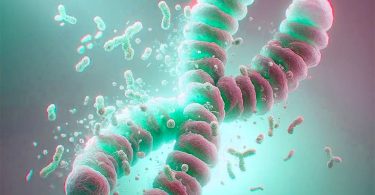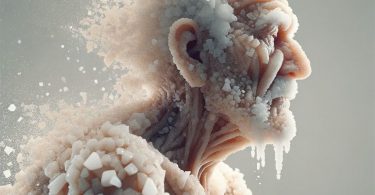The effects of glycation on cardiovascular disease could be reversed by overexpression of certain miRNAs. A serious lead for an anti-aging “vaccine”.
Glycation-derived AGEs disrupt endothelial barrier function and thus contribute to cardiovascular disease.
Some miRNAs, small non-coding molecules that regulate gene translation, are excellent biomarkers of many diseases, including cardiovascular ones.
MiRNAs are also regulators of cellular aging and can constitute an effective intervention strategy by calling in particular on the imitation mechanism.
This is what researchers have demonstrated by showing that the overexpression of certain miRNAs could reverse the effects of AGEs on the senescence of endothelial cells. Thus, the presence of 1-3-p miRNA mimetics ameliorated the alteration of endothelial barrier function induced by AGEs (1).
This discovery opens the way to the concept of “theranostics” where miRNAs would not only be biomarkers of age-related diseases but potentially the basis of ultra-effective personalized therapies.
Towards an anti-aging “vaccine”?
© AGE Breaker 01 2023
[Glycation is one of the major causes of aging. Resulting from the fixation of sugars on the proteins constituting the organism, glycation generates toxic compounds that cause cellular aging. Glycation is particularly involved in metabolic disorders, skin aging and cognitive decline.] [AGE BREAKER, patented nutritional supplements, based on rosmarinic acid, recognized by aging specialists around the world for their properties to reverse the effects of glycation.]More on www.agebreaker.com
#agebreaker #glycation #antiaging #longevitymedicine #preventivemedicine #preventivehealth #skinaging #4pmedicine #advancedglycationendproducts
(1) Mian Chen et Al. AGEs induce endothelial cells senescence and endothelial barrier dysfunction via miR-1-3p/MLCK signaling pathways. Gene, volume 851, 30 Jan 2023, 1477030. https://doi.org/10.1016/j.gene.2022.147030









